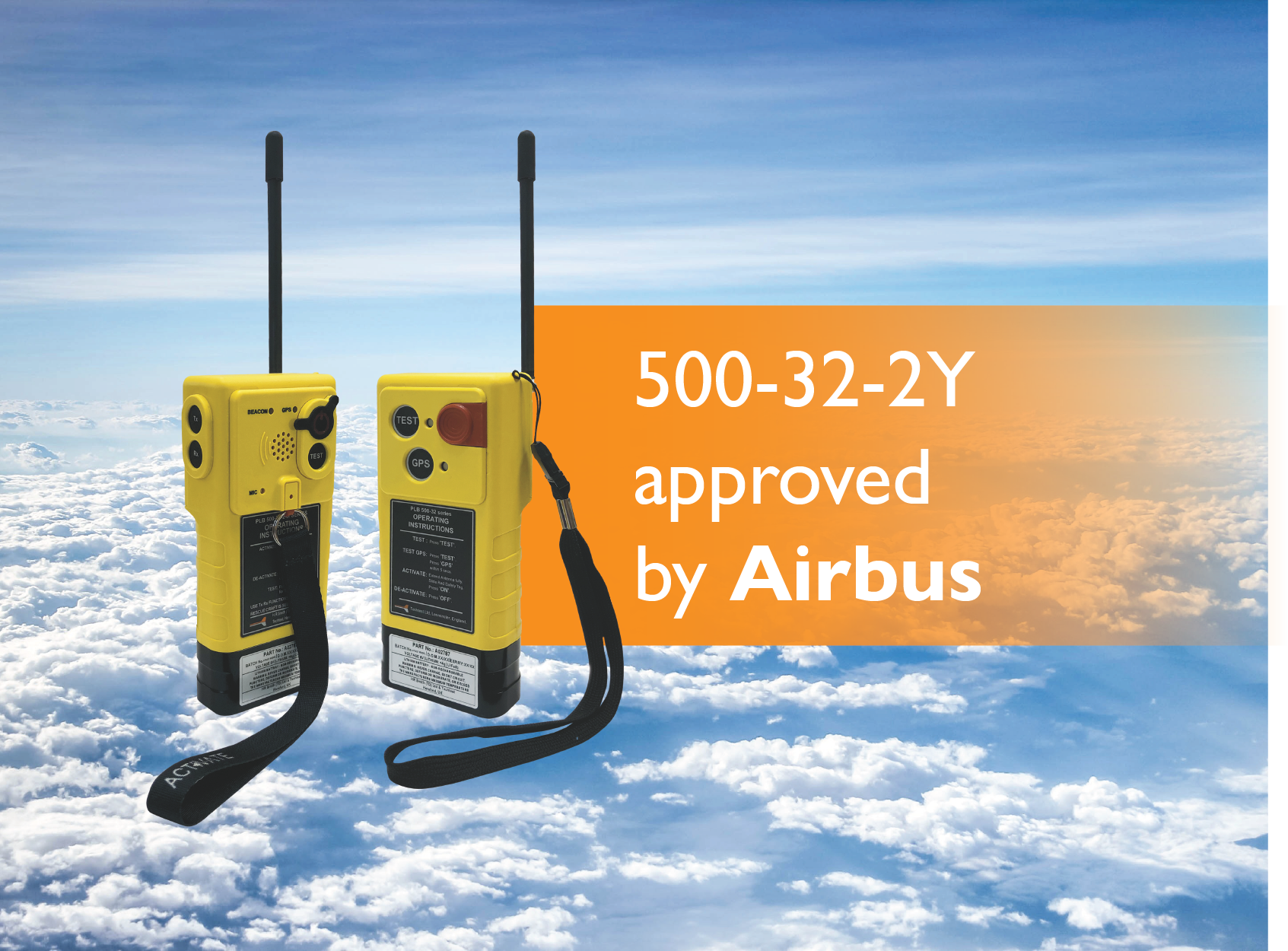Latest News from HR Smith
Stay up to date with our latest company news and discover the events we are attending
-

Uncategorized HR Smith response to New York Times article
HR Smith response to New York Times article The allegations made by the New…
-

Search & Rescue HR Smith Group featured in the June edition of Rotorhub International
In the interview with Rotorhub International, Jake talks about our capabilities and the infamous…
Read More about HR Smith Group featured in the June edition of Rotorhub International
-

Civil Aviation Techtest Survival ELT Selected By Cathay Pacific
Techtest Ltd, part of the HR Smith Group of Companies, a leading provider of…
Read More about Techtest Survival ELT Selected By Cathay Pacific
-

Civil Aviation Techtest’s Survival ELT Approved By Airbus
Techtest, part of the HR Smith Group, a leading provider of aerospace safety equipment,…
-

Search & Rescue Upgrading your 500-12Y Survival ELT:
The 500-32-2Y series Emergency Locator Transmitter (ELT). This advanced survival ELT seamlessly replaces the…
-

Events CANSEC 2024
Specmat Inc, part of the HR Smith group is exhibiting at CANSEC 2042
-

Events MRO Americas 2024
Specmat Inc, part of the HR Smith group is exhibiting at MRO Americas
-

Events NBAA Maintenance Conference
Specmat Inc, part of the HR Smith group is exhibiting at NBAA Maintenance Conference.
-

Events Army Aviation Mission Solution Summit
Specmat Inc, part of the HR Smith group is exhibiting at Army Aviation Mission…
-

Events Farnborough International Air Show 2024
We’re Exhibiting At The Farnborough International Air Show 2024